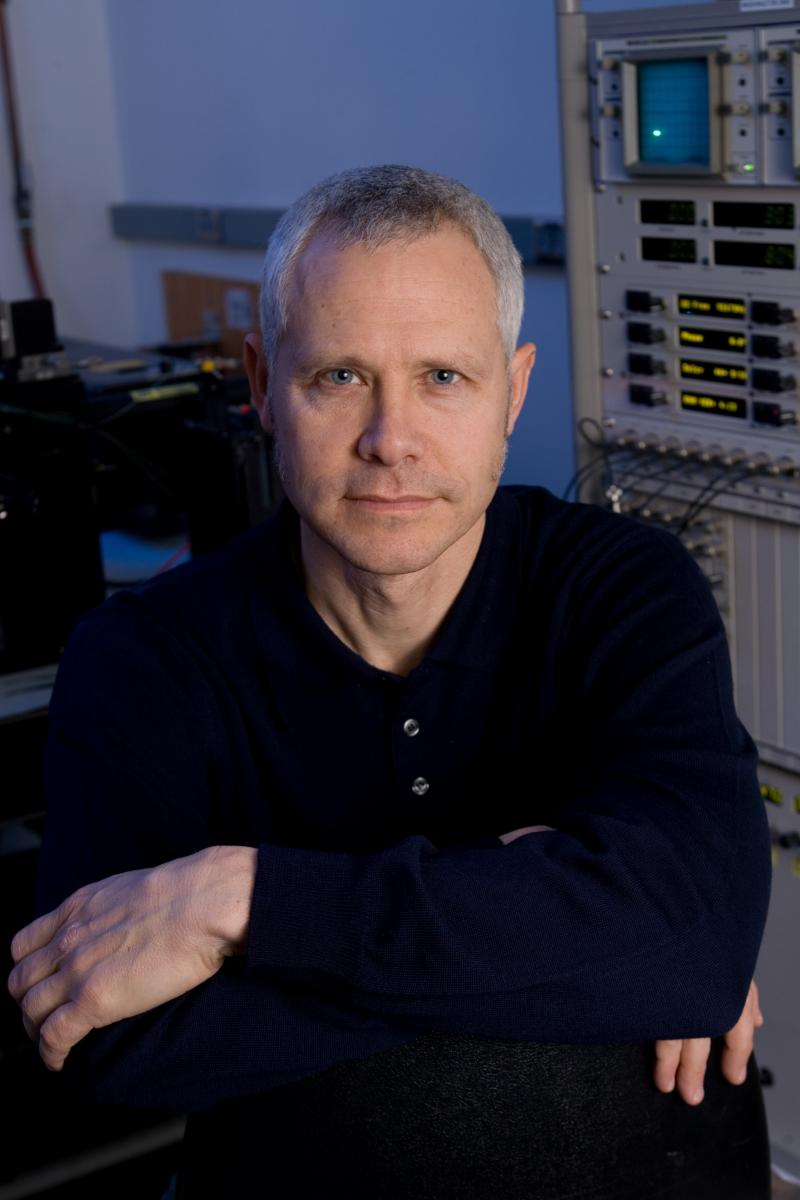Development and Function of Dendritic cell subsets

Dr. Kenneth M. Murphy
Member, National Academy of Sciences
Howard Hughes Medical Institute
Department of Pathology and Immunology
School of Medicine, Washington University in St. Louis
Abstract:
cDC1 are a specialized class of classical dendritic cells that perform non-redundant functions in both innate and adaptive immunity. In innate responses, cDC1 are required for protection against lethal infection by Toxoplasma gondii due to their non-redundant role in innate sensing and IL-12 production. In adaptive responses, cDC1 are required for priming and expansion of protective CD8 T cell responses to many viruses and to tumors due to their non-redundant role in providing for cross-presentation of cell-associated antigens. To define the mechanisms of cross-presentation, we carried out a functional CRISPR/Cas9 screen in primary cDC1 and identified a strict requirement for Wdfy4 in this process. Mice lacking Wdfy4 were viable but unable to prime CD8 T cells against viral infections or tumors. This large cytoplasmic BEACH domain containing protein resides beneath the cell membrane and associates with components of the endocytic machinery and vesicular transport processes, but further work in still needed to define its precise molecular mechanism. We analyzed cDC1 development from common dendritic cell progenitors (CDPs) using a combination of techniques, defining several new discrete stages of specification and commitment. We uncovered an unexpected requirement for an E-protein dependent pDC-specific Irf8 enhancer element (+41 kb) in cDC1 development functioning transiently in developing CDPs. Reversal of pDC development and re-direction toward cDC1 specification occurs by a cryptic transcriptional pathway that we analyzed by genetic epistasis, consisting of a bi-stable circuit involving Nfil3, E proteins, Zeb2 and Id2. After specification, cDC1 commitment relies on activation of a cDC1-specific enhancer (+32 kb) consisting of a cluster of low affinity AICEs binding BATF3 and IRF8. The functionality of this enhancer requires cis-localization with a functional +41 enhancer, as compound heterozygous +31/+41 mutations on distinct Irf8 alleles eliminates cDC1 development. Additionally, we identified a monocyte-specific Irf8 enhancer selectively required for appropriate IRF8 expression during infections. Recent findings on these steps in cDC1 development will be discussed.
Time: 14:00-15:30, September 27th (Friday)
Venue: Room D326, Medical Science Building
Host: Dr. Chen Dong

Copyright © 2017 Institute for Immunology Tsinghua University
Contact Address: Room D302, Medical Science Building, Tsinghua University, Beijing 100084, China
Tel: (86) 10-62776420 Fax: (86) 10-62776420
